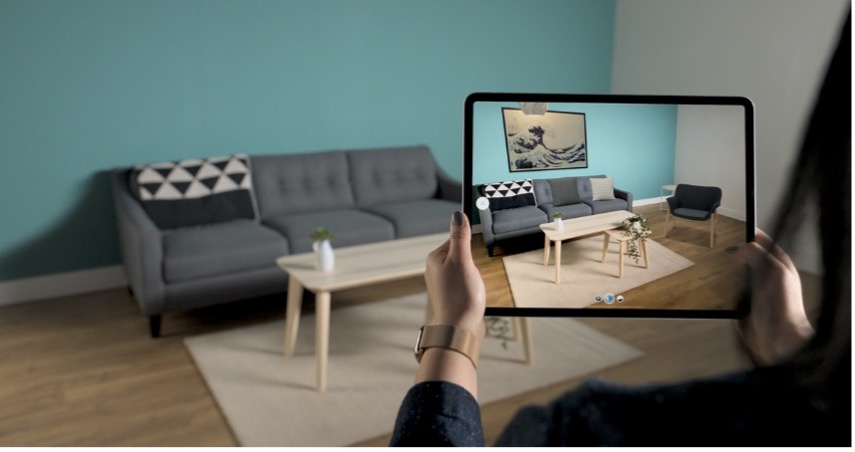In the beginning…there was Reality
Reality refers to everything that exists and can be experienced, perceived, or measured, including physical objects, events, thoughts, and emotions.
We can make that definition more complicated (as philosophers, scientists, and others do) by adding…
Reality is the state of things as they actually are, independent of our beliefs or perceptions about them. Reality is the objective truth that exists regardless of our subjective experiences or interpretations of it.
Now…Augmented Reality is moving toward mainstream
Augmented Reality is an evolving technology that enhances our real-world environment by overlaying digital information and virtual objects onto it.
Augmented Reality is not virtual – it involves using a device, such as a smartphone, tablet, or a headset, to display computer-generated content that appears to coexist with the physical world. Since the 1990‘s, Augmented Reality has provided users with additional information about their surroundings. Now, it can also allow them to interact with virtual objects in a real-world environment, such envisioning furniture in their family rooms and playing games that use the physical space around them as a game board.
Who uses Augmented Reality?
Augmented Reality technology is used by people of all ages and backgrounds, and its user base is expanding. Some of the “demographics” that have shown a particular interest in AR include:
- Gamers: Augmented Reality has been popular among gamers, who enjoy the immersive experience of interacting with virtual objects in a real-world environment.
- Students and educators: Augmented Reality has been increasingly used in education as a way to make learning more interactive and engaging. It can be used to create virtual simulations or bring historical events to life.
- Architects and engineers: Augmented Reality can be used in the fields of architecture and engineering to visualize building designs and prototypes in a real-world setting, providing a more accurate representation of the final product.
- Retail and marketing professionals: Augmented Reality can be used to create interactive and immersive experiences for customers, such as virtual try-ons or product demonstrations.
- Healthcare professionals: Augmented Reality can be used in healthcare to provide medical training and simulations, assist with surgeries, and help patients with rehabilitation and therapy.
If you are interested in exploring the boundaries of technology and enhancing your real-world (life and work) experiences then you may find Augmented Reality to be an exciting and useful tool.

